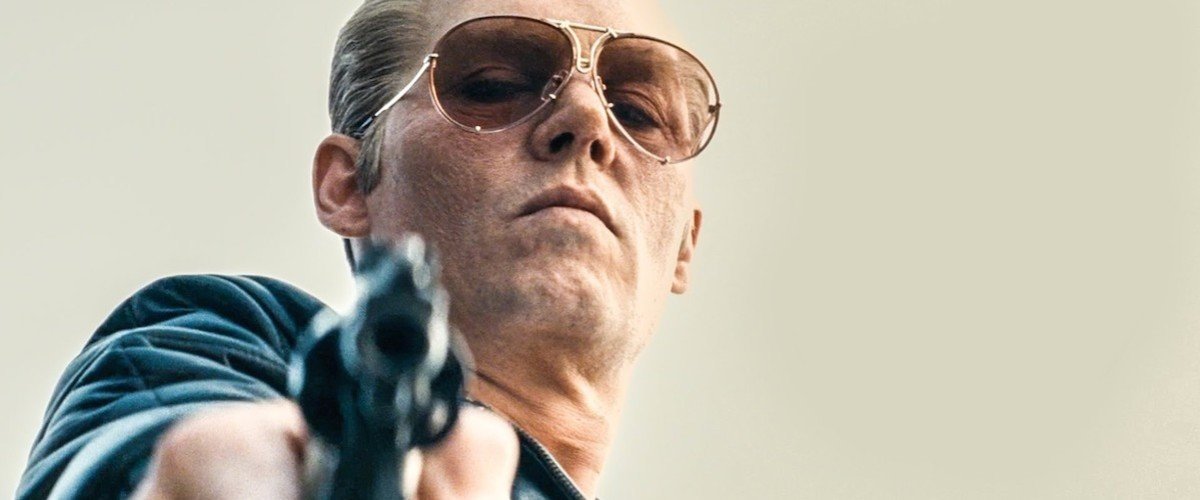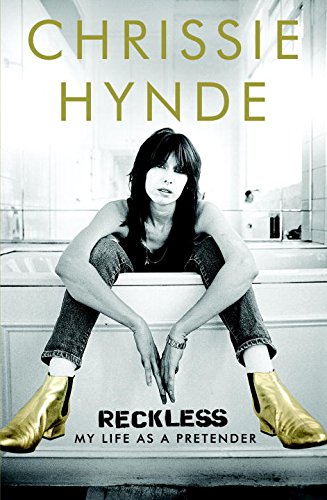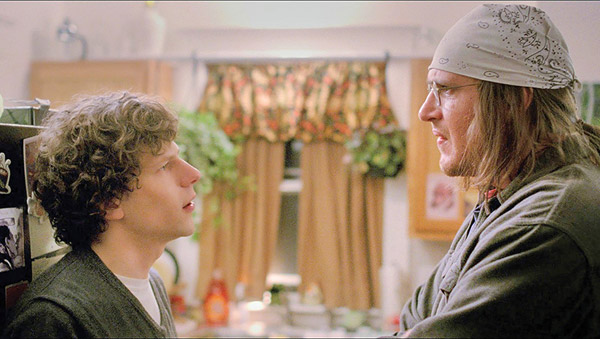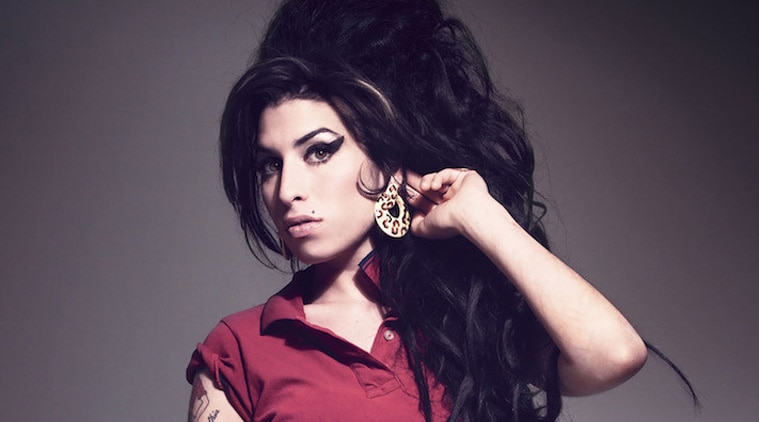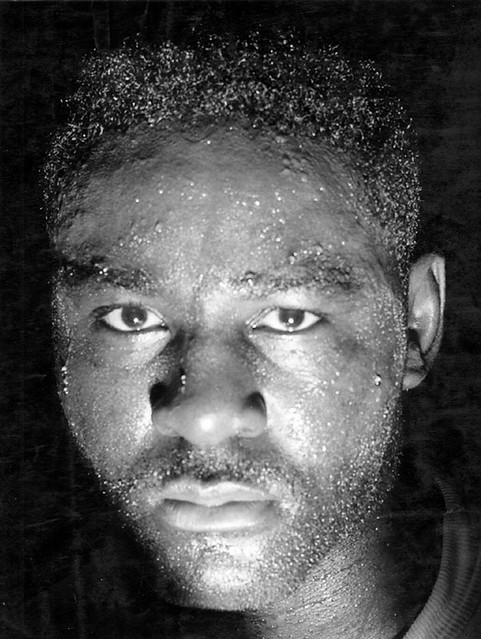While
going to see Black Mass this weekend, I was reminded of a strange episode
that took place many years ago in a Boston bookstore. I overheard a customer asking a clerk if the
store had other great books like the one he’d just read, which was ‘Black Mass’,
about James ‘Whitey’ Bulger and his crooked alliance with the FBI, a big seller in these parts by Globe writers Dick Lehr and Gerard O’Neill.
The clerk suggested one about a New York mob boss, and the customer, who was a
local sort with a bulbous red nose and a beer gut, raised his voice. “It has to
be Boston,” he said. “I don’t want to read about no New York shit.” I may have imagined it, but I think the guy’s
lip was quivering. That was Boston, for
you: bookish, provincial, and slightly mental.
People here loved their local crime lords with the same reverence they
had for the Red Sox. Local is local, after all.
Granted, I don’t think Bulger
means much to Boston these days. Crime
figures have gone the way of bookstores in this city. The store I’m remembering
is long gone, replaced by one of those giant super pharmacies with a sushi bar
next to the makeup counter. As for
Bulger, the last we saw of him was in a courtroom, where he was now a powerless
old man in shackles.
Johnny
Depp stars in Black Mass as Bulger.
He’s done a lot of press in recent weeks, and we’ve heard all about the 50 wigs
he had to wear to achieve Whitey’s bulging forehead, and how he picked up the
Boston accent by listening to his pal Joe Perry of Aerosmith. Never mind that Perry is actually from
Hopedale, and that the people in Boston movies all end up sounding like Elmer
Fudd. Depp was being a good soldier.
Ever since those silly pirate movies he’s been drawing big paychecks as a MOVIE
STAR, but after a series of stinkers the movie studios aren’t so sure about him.
The truth is that Depp isn’t a movie
star, but rather, a weird little character actor who likes to play dress
up. That the pirate movies were financial sensations
was a bit of a fluke, but somebody keeps shoving him out there like he's Will Smith. Seeing him on a recent talk show was an eye opener. He
looked terrible; he was bloated, maybe missing a few teeth, as if the stardom game was
wearing on him. Still and all, he’s very
good as Bulger, though the movie is mostly forgettable. Sadly, if the movie dumps it at the box
office, Depp gets the blame, which is unfair.
The
story of Bulger, a small time South Boston hood who became an FBI informant and
then, feeling untouchable because he had locked arms with FBI agent John
Connolly, went on to kill several people and become Boston’s top crime boss, is
such a tangle of subterfuge and rottenness that it took two screenwriters to
strip it down to the essentials. But so much paring has gone on that that the
movie feels like the Classic Comics version of Bulger’s life. What is it ultimately about? I guess it shows
what happens when a sociopath goes unchecked and unaccountable. It’s also about how fame can corrupt.
Connolly, working on a tip from Bulger, brings down a small time Mafia operator
named Angiulo. The movie, by the way, makes much more of Angiulo than he was in real life;
the guy was a mob peon in the North End, not exactly Al Capone. Anyway, Connolly
becomes an FBI golden boy. He becomes a
real jerk, too, talking back to his supervisors, the whole bit, stomping around
the FBI offices like King Kong. “You’ve changed,” Connolly’s wife says. “You
walk different. You’re getting manicures.” What actually happened was that
Connolly, another Southie boy, became a sloppy imitation of Bulger. Connolly’s wife is shown in bed
reading 'The Exorcist', which makes sense; her husband was possessed by a devil
named Whitey.
For more
than two hours we see people beaten to a pulp, shot in the head, strangled,
tortured. Bulger’s knuckles are always red and torn from pounding on his
enemies. Yet, it’s all surprisingly non-dramatic. Someone gets whacked, and then everyone sits down to eat a nice
steak. The cavalier nature of these
killers is supposed to shock us, but it all feels like stuff we’ve seen, with
far more panache, in Martin Scorsese movies.
The only real tension comes when Connolly starts to realize that he’s
protecting a full-on psycho. It’s fun to watch Connolly sweat and squirm when
people grow suspicious of his relationship to Bulger. But when he’s finally busted, he gives up
without much fuss. This, from Warner
Bros., the same movie studio that gave us all of those great gangster movies
with Cagney and Bogart, right up to Bonnie
and Clyde and Goodfellas, feels
anticlimactic. Connolly shows more angst
when another FBI agent suggests he and Bulger are gay lovers. He roars, turns
blood red, and nearly brings the roof down.
Some of this energy could've been used in the movie's final 20 minutes, where the whole thing starts to sag.
Director
Scott Cooper is competent but not adventurous enough to make Black Mass into the great movie it could
have been. He likes static shots of
Boston at night, and follows the same worn path of every other director to
shoot a film in Boston, namely, shooting key scenes in front of famous Boston
landmarks. Some of the choices struck me as utterly ridiculous, especially when Bulger and Connolly get into
a heated argument at, of all places, the Saint Patrick’s Day parade in Southie.
I doubt that Boston’s most famous crook and FBI agent would put on such a
display where all of Southie could see them. It made for an arresting visual,
that with the band marching by as Bulger and Connolly hissed at each other, but it defied
logic. Later, when the two are having a discussion at what looked like Boston
Harbor, I began to wonder why the entire movie wasn’t filmed at The New England
Aquarium, or the men’s room at the Boston Public Library.
Strangely,
the movie doesn’t bother approximating the squalor of Boston in the 1970s. Black Mass seems to take place in an
airbrushed Boston, the streets and homes looking far too clean to produce
vermin like Bulger and his cronies. There’s a bit where Bulger walks down an
alley to blackjack a rival, and the alley looks pristine. I don’t get it. Where’s
the garbage? Where are the empty Chinese food cartons? Did Cooper and his team not take a moment to research the time and
place they were supposed to reconstruct? Or were they satisfied with Depp’s connection to Aerosmith?
Depp
undoubtedly had a great time playing Bulger.
He struts like a bantam rooster, looks as gaunt as Nosferatu, and pulls some good crazy faces. His eyes
are icy blue, like he borrowed Ray Liotta’s.
He’s so tightly coiled that we believe him when he tells a future victim, “Take your best shot,
because then I’m gonna eat ya.” The
problem is that Black Mass has a
split focus. It’s about Bulger, but it’s also about Connolly. And it turns out
that Connolly is not only more interesting than Bulger, but the actor playing
him, Joel Edgerton, is just as good, if not better, than Depp. I left the theater
thinking about Connolly, and I’m not sure if that was Warner Bros’ plan. There
are other good performances. Benedict Cumberbatch plays Bulger's brother Billy, a powerful political presence in Boston, as a tightlipped man caught in the middle of his brother's dirty life. Rory Cochrane plays Bulger henchman Stephen Flemmi
as if the weight of his actions are crushing him. I also liked Jesse Plemons as
Bulger goon Kevin Weeks. Weeks has gone
on record saying that he hated the movie. Too much swearing, he said, and too
many facts were fudged. He also complained that Plemons played him “like I had
Down syndrome.” Only in America can you
do five years in prison for taking part in murders, and then complain that the
movie about you stinks. Actually, I think Plemons was a convincing Southie
dirtbag. Kevin Bacon, though, as an FBI
suit, sounded like he was doing a bad impression of Alex Rocco.
A lot of
money was put into Black Mass, and
Warner Bros is hoping that audiences of 2015 still want, as they did in the
1930s, to look at gangsters in action, to stare up at the evil on the screen
and live vicariously through the bad guy’s swagger and toughness, but to
eventually go home with the message that crime doesn’t pay. Like an old
Warners’ drama, Bulger is even shown being kind to his mother and old ladies.
He even has some funny lines. It’s as if Cooper, Depp, and Warner Bros hope
that, deep down, we might find Bulger charming. Depp, in one of his appearances to hype the movie, said that he
tried to play Bulger as a human being, not a monster. He needn’t have worried,
because we’re still a country that loves a maddog killer. Our bookstores may be
vanishing, but not much else has changed since The Public Enemy.
